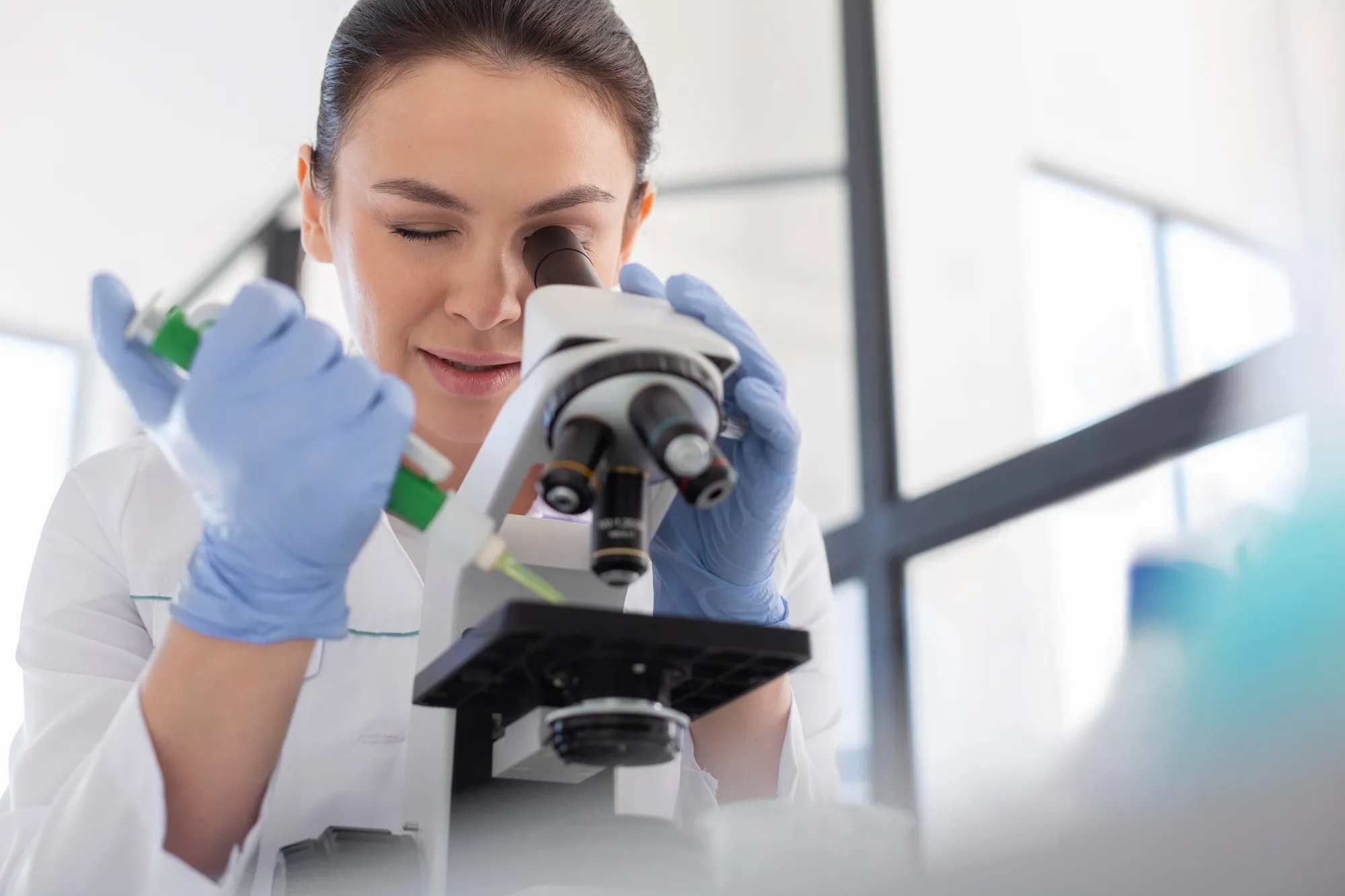In the bustling laboratories of Wayne State University in Detroit, Michigan, a significant breakthrough has been made in the management of protozoan ectoparasites afflicting Axolotls (Ambystoma mexicanum), a species of salamanders renowned for their regenerative capabilities. The findings from this pivotal research, spearheaded by Dr. Tracie Baker from the Division of Laboratory Animal Resources and Institute of Environmental Health Sciences at Wayne State University, have been published in the “Journal of the American Association for Laboratory Animal Science” (DOI: 10.30802/AALAS-JAALAS-18-000111) as of May 22, 2020. The full article, “Management of Multiple Protozoan Ectoparasites in a Research Colony of Axolotls,” is an exemplar of the tireless efforts to advance the field of veterinary parasitology and laboratory animal science that deserves elaborative dissemination.
Axolotls, with their unique ability to regenerate limbs and organs, are an invaluable asset in biomedical research. However, these aquatic creatures are highly susceptible to infestations by protozoan ectoparasites such as Chilodonella and Ichthyobodo, which often lead to significant morbidity and mortality in both wild and laboratory populations. The study, a collaborative endeavor of multidisciplinary experts including Danielle N. Meyer, Jeremy T. Llaniguez, Sonia E. Rafique, Tara M. Cotroneo, Gerald A. Hish, and Tracie R. Baker, provides groundbreaking insights into the efficacious treatment regimes to manage and eradicate these debilitating parasites.
The research program was extensively supported by grants from the National Institutes of Health (NIH), including those under the grant numbers F31 ES030278, K01 OD010462, and P30 ES020957. Through meticulous investigations and the application of various therapeutics, including disinfectants and formaldehyde, the authors were able to establish successful protocols for treating axolotl colonies affected by these parasites.
Keywords
1. Axolotl Parasite Management
2. Protozoan Ectoparasites Research
3. Ambystoma mexicanum Health
4. Veterinary Parasitology Breakthrough
5. Laboratory Animal Science Advancements
The study’s methodology entailed a combination of therapeutic agents and environmental management procedures. The disinfectant Formacide-B, despite its known efficacy against a gamut of aquatic pathogens, raises concerns regarding human health risks associated with its use (Wooster et al., 2005). Therefore, finding safer yet effective alternatives was a critical part of the research.
Regarding treatment, the researchers were able to ascertain that a formaldehyde solution administered at a concentration of 250 mg/L for one hour was particularly effective against both Chilodonella and Ichthyobodo. This outcome aligns with historical evidence of formaldehyde’s parasiticidal properties in various aquaculture contexts (Whitaker, 2019; Carpenter, 2013). Consequently, this can serve as a significant advancement in aquatic animal healthcare and laboratory animal management.
The collaborative efforts and cross-disciplinary expertise demonstrated in this research are worth noting. The Division of Laboratory Animal Resources and the Institute of Environmental Health Sciences’ shared knowledge base has been supplemented by contributions from the Department of Pharmacology, the Department of Biomedical Engineering, and the School of Medicine at Wayne State University. This integrative research model has proven to be a cornerstone of their success.
The research has been universally recognised for its contribution to the growing body of knowledge in the field. The study’s utility extends beyond the immediate context of axolotl health, serving as a vital reference point for aquatic animal welfare, pharmaceutical applications, and the broader aquaculture industry. The implications of these findings are substantial, with the potential to transform practices within research facilities across the globe and ensure the well-being of a species crucial to scientific discovery.
References
1. Aquatic Animal Drug Approval Partnership Program. (2015). A quick reference guide to approved drugs for use in aquaculture, 2nd ed. La Crosse (WI): US Fish and Wildlife Service’s National Fish and Wildlife Conservation Office.
2. Bellec, L., Maurer-Alcala, X. X., & Katz, L. A. (2014). Characterization of the life cycle and heteromeric nature of the macronucleus of the ciliate Chilodonella uncinata using fluorescence microscopy. Journal of Eukaryotic Microbiology, 61(3), 313-316.
3. Bastos Gomes, G., Jerry, D. R., Miller, T. L., & Hutson, K. S. (2016). Current status of parasitic ciliates Chilodonella spp. in freshwater fish aquaculture. Journal of Fish Diseases, 40(6), 703-715.
4. Wooster, G. A., Martinez, C. M., Bowser, P. R., & O’Hara, D. S. (2005). Human health risks associated with formalin treatments used in aquaculture: initial study. North American Journal of Aquaculture, 67(2), 111-113.
5. Whitaker, B. R. (2019). Infectious diseases of amphibians, Merck Veterinary Manual. Retrieved July 26, 2018, from https://www.merckvetmanual.com
In conclusion, this monumental study embodies the spirit of innovation and collaboration essential for progress in the fields of laboratory animal science and veterinary parasitology. The research team’s meticulous approach and their commitment to enhancing animal welfare in research settings demonstrates that even amidst laboratory science’s complexities, tangible improvements can be made. The pioneering efforts highlighted in this news article represent a beacon of progress that will echo throughout the corridors of research institutions and beyond.
